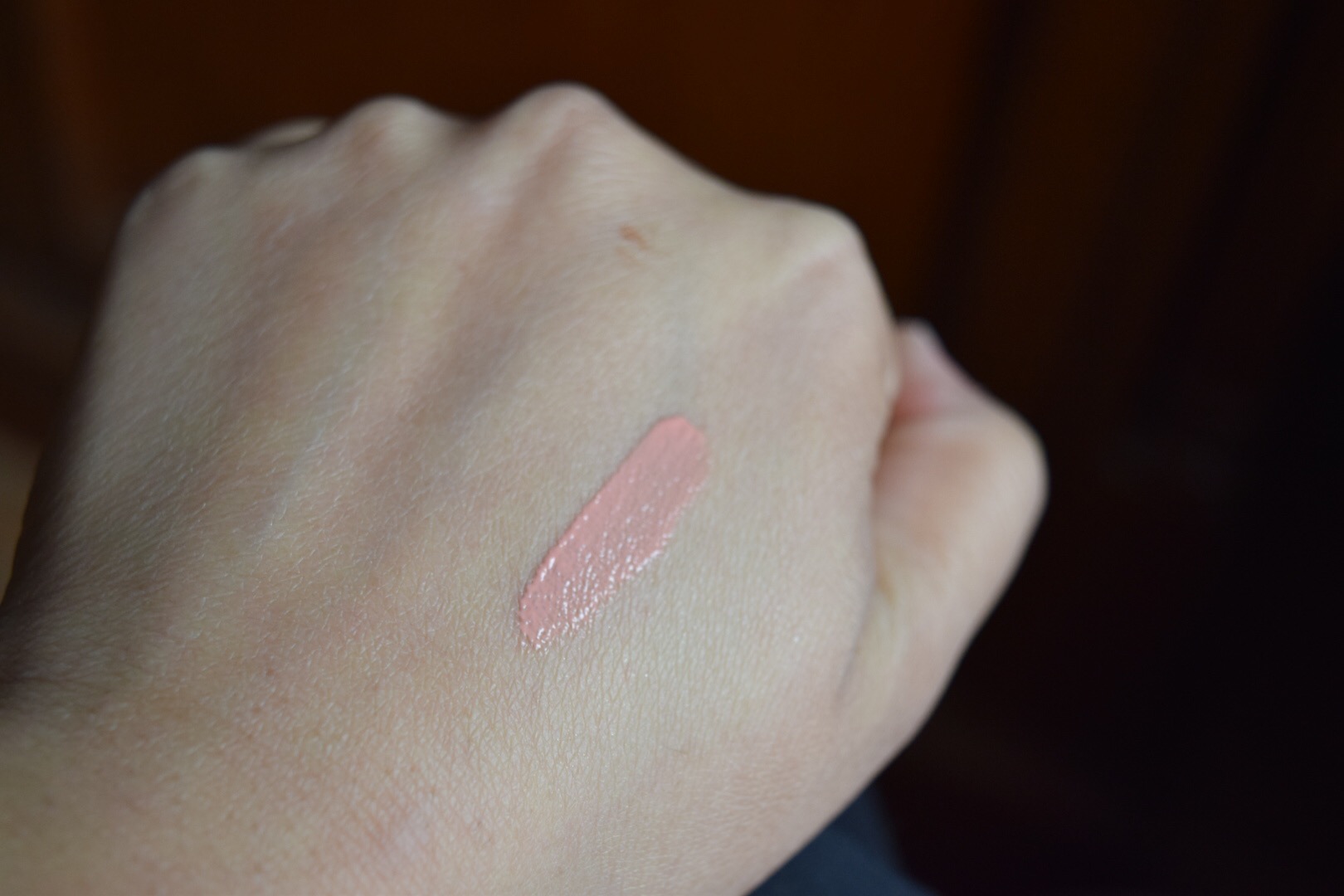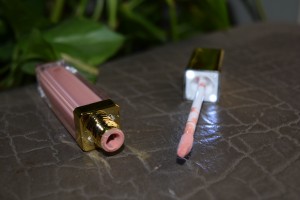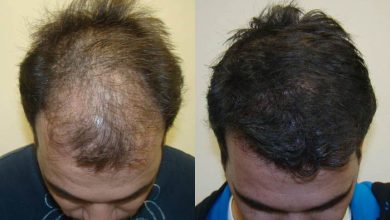Lip GlossesLipsMake UpProduct AnalysisSkin & Beauty
Gerard Cosmetics Color Your Smile Lip Gloss Shimmer Of Hope

Brand Name: CeraVe
Shade: Shimmer of Hope (Soft pink)
Ideal for: Fair skin tones to add a hint of soft pink shimmer on the lips with intense bold eyes.
Priced at:
$24 excluding taxes – full price
$9.60 on sale
Rating:4.8/5
Packaging Highlights
- Very cool, unique and chic packaging
- Comes with a nice mirror on the side to give you a clear view of your lips
- Comes with an LED light in the doe foot applicator
- The actual gloss is further packed in a black and gold themed standard Gerard packing
What I like about GERARD COSMETICS COLOR YOUR SMILE LIP GLOSS SHIMMER OF HOPE?
- Awesome packaging
- Such a pretty soft pink neutral gloss
- Great for everyday wear over a mauvey or pink-brown lipstick
- Would totally soften the look of bold smokey eyes
- Looks gorgeous when layered on top of a slightly dark lipstick
- Can be worn on its own without a lip base
- Looks absolutely flattering on wheatish and fair complexions
What I don’t like about GERARD COSMETICS COLOR YOUR SMILE LIP GLOSS SHIMMER OF HOPE?
- Doesn’t last longer
- Doesn’t look good on dark skin tones
My thoughts on GERARD COSMETICS COLOR YOUR SMILE LIP GLOSS SHIMMER OF HOPE
I don’t know what’s with the quality of these Gerard glosses, they look absolutely gorgeous on the lips. Even the shades that look weird when you look at them look nice on the lips. These glosses are opaque and do add a nice layer of hue on the lips. Some glosses just add the gloss but not the color. These are my top favorites after NYX butter glosses.
What is it made of?
Not available on Gerard website.








